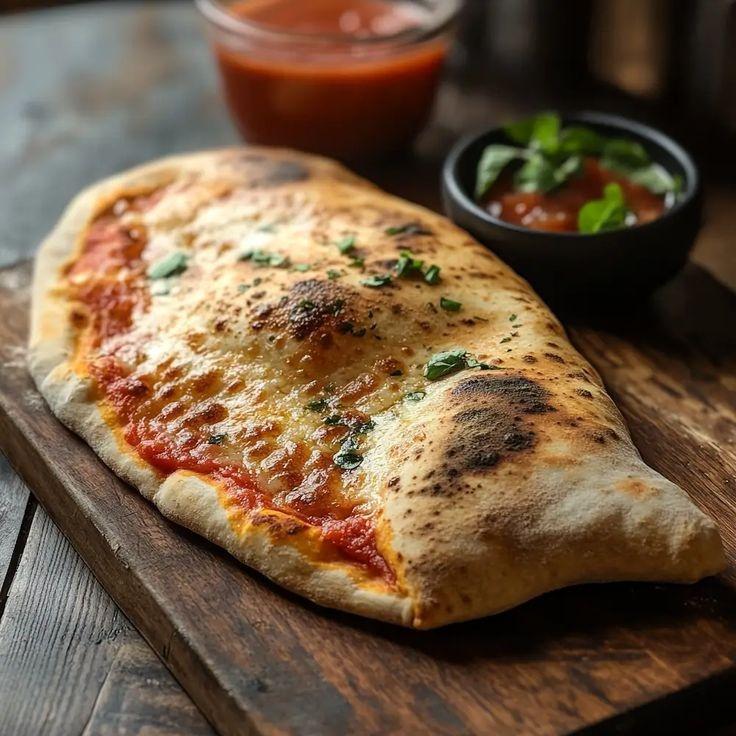Here at DriftPlain, we're passionate about crafting the finest pizza, which begins with the dough. Devoting over 30 years to refining our recipe, we're thrilled to offer a glimpse into our dough secrets. While our precise recipe remains a cherished company secret, we'll provide fundamental techniques to bring pizzeria standards to your home kitchen.
Choosing the Right Flour
The cornerstone of any noteworthy pizza dough is premium flour. Opt for 00 flour, an Italian variety that's finely milled with a moderate protein percentage, approximately 12%, giving an ideal mix of elasticity and softness. Should 00 flour be elusive, bread flour can step in, albeit with a minor textural trade-off.
Water Temp and Dough Moisture
The water's thermal state is a critical factor in fermentation timing and dough maturity. Utilize chill water at about 45°F (7°C) to encourage slow fermentation, which yields richer tastes. Conversely, temperate water, around 85°F (29°C), facilitates a speedier fermentation process. Maintain a hydration level—the water to flour ratio—at 60-70% for home oven suitability.
Fermentation: Less Yeast, More Time
A crucial element of tasteful dough is the minimization of yeast coupled with extended fermentation times. Our technique involves a scant 0.2% fresh yeast based on flour mass, allowing a 24-48 hour fermentation span. This gradual method cultivates depth of flavor and produces a more easily digestible dough.
Salt's Role Beyond Seasoning
Salt isn't merely a flavor enhancer for your dough—it's instrumental in fortifying gluten structure and modulating fermentation. We suggest a fine sea salt ratio of 2.5-3% in relation to your flour quantity. Introduce salt once your flour and water begin amalgamating, precluding direct contact with the yeast.
Mastering Fermentation
Post-mixing, give your dough a room temperature bulk fermentation of about 2 hours, then apportion it into individual balls. Store these in sealed containers and refrigerate them for 24-72 hours. It's during this cooldown fermentation that enzymes dismantle starches into simpler sugars, contributing to flavor and a glorious crust browning.
Gentle Dough Handling
Prior to pizza creation, let your dough acclimatize at room temperature for 1-2 hours. Be tender in handling to retain the gas bubbles and use fingers for pressing and stretching the dough rather than rolling it, which deflates those important air recesses.
Heat: The Finishing Stroke
While we achieve up to 850°F (454°C) in our wood-fired ovens, a home oven generally peaks at about 550°F (288°C). Compensate with a preheated pizza stone or steel for no less than one hour, ensuring a powerful base heat which realizes a crispy crust and a puffy center.
Honing your pizza dough craftsmanship is a continual process; every mix imparts new insights about the craft. Maintain a record of your experiments, tweak the elements, and find the perfect combination for your home baking environment.
To witness our dough crafting firsthand, join us in our forthcoming pizza workshops where Chef Luca will elucidate these methods in greater detail. For dates, please refer to our event schedule!

